Is house shape inner calm really the solution everyone claims? A growing number of Americans are rethinking their living spaces, believing that the very structure of their homes can impact mental well-being. From sharp corners to curved walls, the design of your house might be quietly shaping your stress levels or sense of peace. Experts in architecture and psychology are now weighing in, suggesting that specific shapes can either soothe or agitate. Let’s break down what’s behind this trend and why it’s gaining traction in 2025.
What Is House Shape Inner Calm?
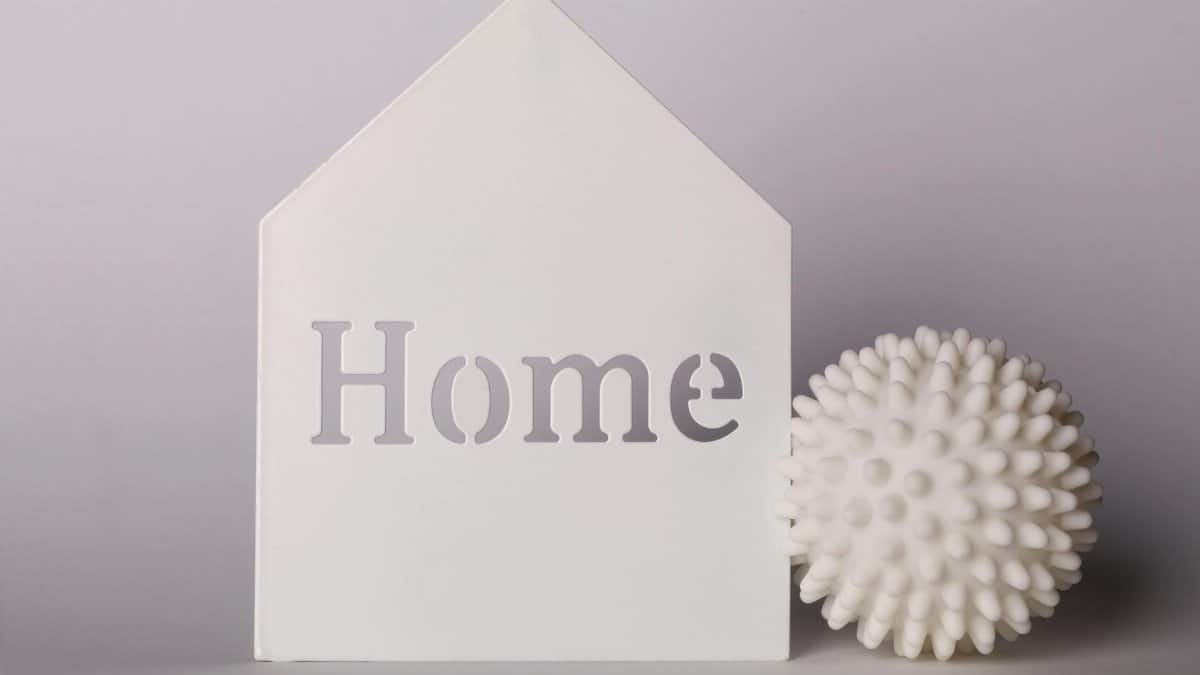
The concept of house shape inner calm refers to the idea that a home’s physical layout and design—think angles, curves, and spatial flow—can directly influence emotional and mental states. Researchers argue that certain shapes, like rounded edges, may evoke feelings of safety, while jagged or asymmetrical designs could subconsciously heighten anxiety. This isn’t just speculation; it’s rooted in environmental psychology, a field exploring how surroundings affect human behavior.
The Science Behind Shapes and Stress

Studies show that our brains respond differently to visual stimuli, including architectural shapes. A 2011 study from the University of Oregon found that environments with natural, organic shapes often reduce stress responses in the brain. You can read more about it here. Sharp corners, on the other hand, can trigger a primal sense of danger, keeping us on edge without realizing why.
Which House Shapes Promote Peace?
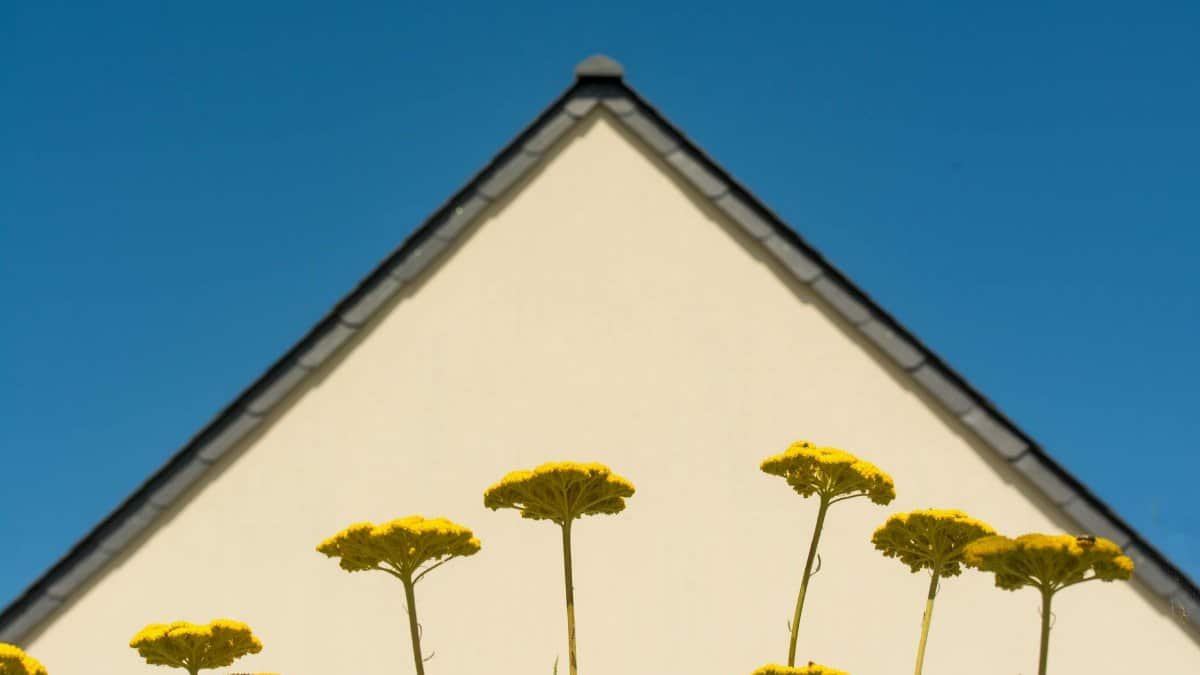
Architects advocating for house shape inner calm often point to circular or oval designs as ideal for tranquility. These shapes mimic natural forms—like caves or nests—that humans historically associate with shelter. Homes with open, flowing layouts also tend to ease tension by reducing feelings of confinement. If your house feels like a maze of tight corners, it might be time to rethink the flow.
Why Sharp Angles Can Disrupt Calm
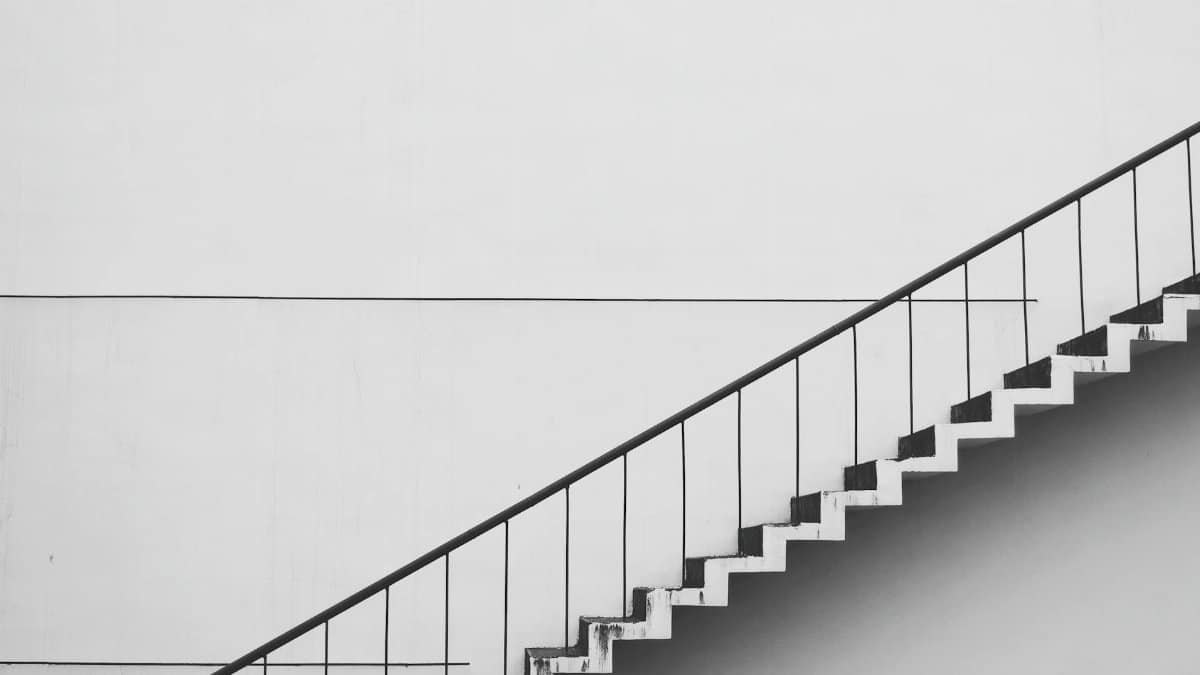
Rectangular rooms and harsh, angular designs dominate modern architecture, but they may not be doing your mind any favors. Experts note that such shapes can create a sense of rigidity or disconnection. A 2019 report by Harvard’s Center for Health and the Global Environment highlighted how angular environments can subtly increase cortisol levels, the stress hormone. Check the findings Harvard Center for Health for deeper insight.
Cultural Perspectives on Home Design
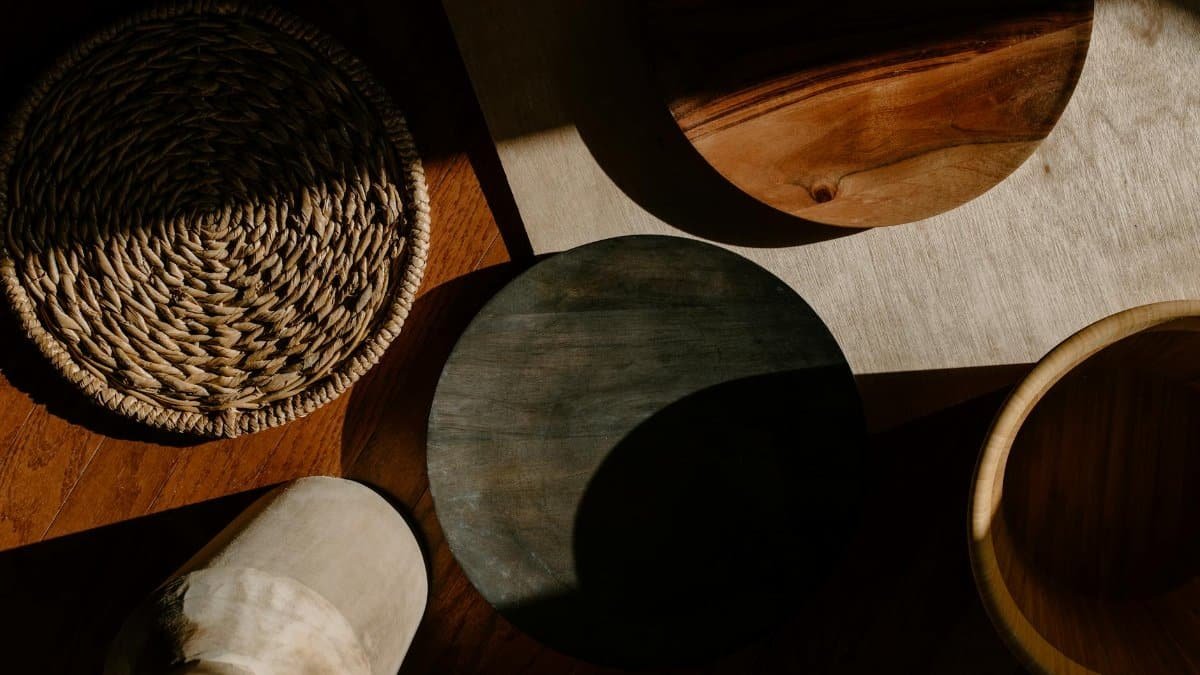
Different cultures have long understood the link between space and serenity. In Feng Shui, a traditional Chinese practice, the shape and orientation of a home are critical to harmonizing energy. Rounded edges and balanced proportions are often favored to promote positive vibes. Meanwhile, in Scandinavian design, simplicity and soft lines aim to create a calming ‘hygge’ atmosphere. These age-old principles are now being revisited in the U.S. as mindfulness trends grow.
Practical Ways to Adapt Your Space
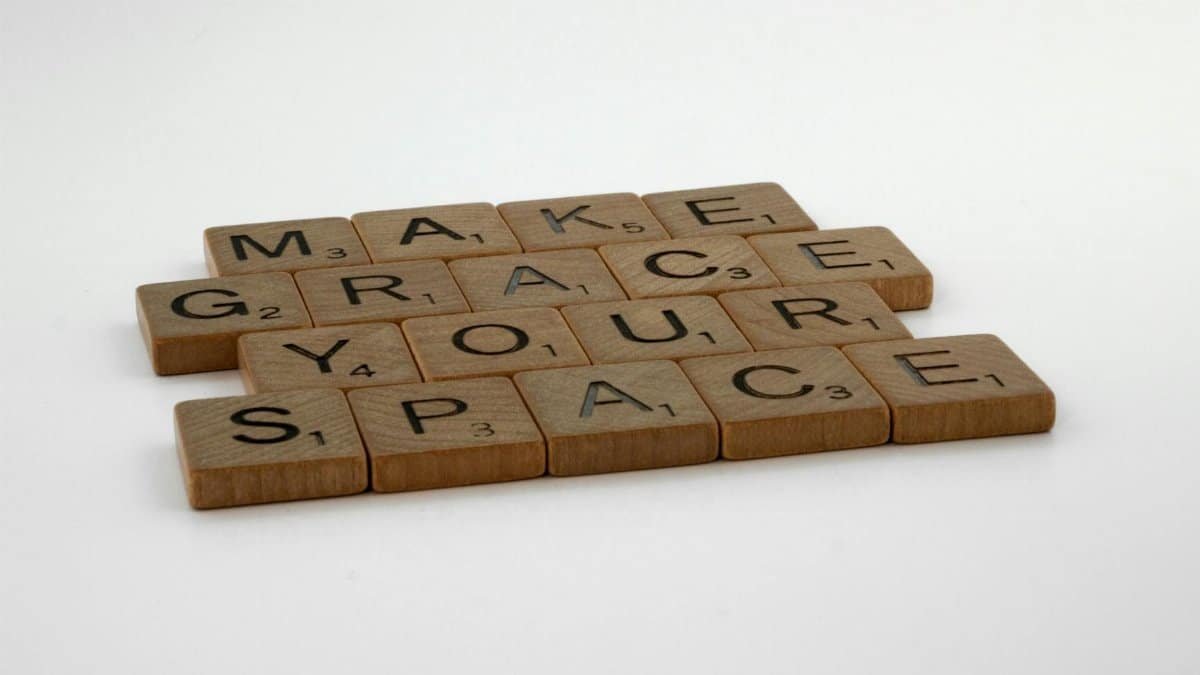
You don’t need to tear down walls to harness house shape inner calm. Start small: add curved furniture or rugs to soften angular rooms. Rearrange spaces to improve flow, ensuring pathways aren’t blocked by sharp-edged obstacles. If you’re renovating, consider consulting an architect familiar with biophilic design—a style that integrates natural shapes to boost well-being. Even minor tweaks can shift how your home feels.
Challenges in Redesigning for Calm
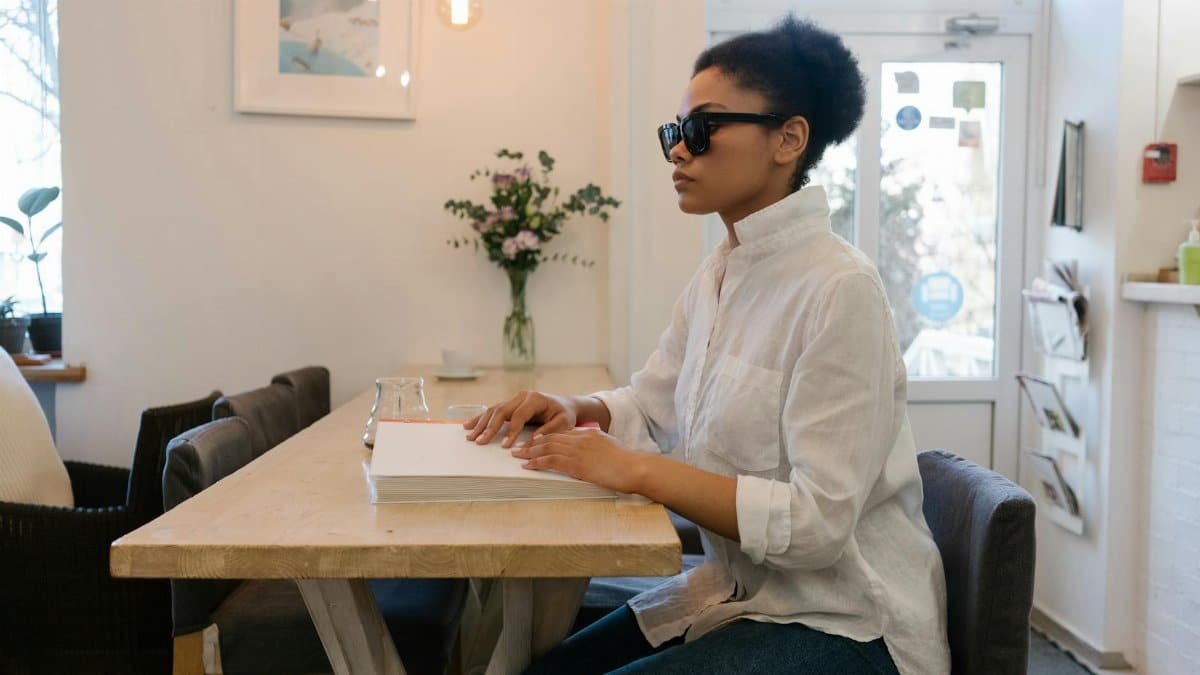
Retrofitting a home for better mental impact isn’t always easy or cheap. Many Americans live in older, boxy houses or apartments with fixed layouts. Urban dwellers, especially, face space constraints that limit drastic changes. Plus, not everyone can afford professional design help. Still, experts say even small adjustments—like decluttering corners or using mirrors to open up space—can make a difference without breaking the bank.
The Growing Trend in 2025

As mental health awareness rises, more homeowners are prioritizing environments that support peace of mind. Real estate listings in 2025 increasingly highlight “calm-inducing” designs, with builders marketing homes featuring rounded archways and fluid layouts. Social media platforms like Instagram are also buzzing with before-and-after shots of spaces redesigned for serenity. It’s clear this isn’t just a passing fad but a shift in how we view our living spaces.
